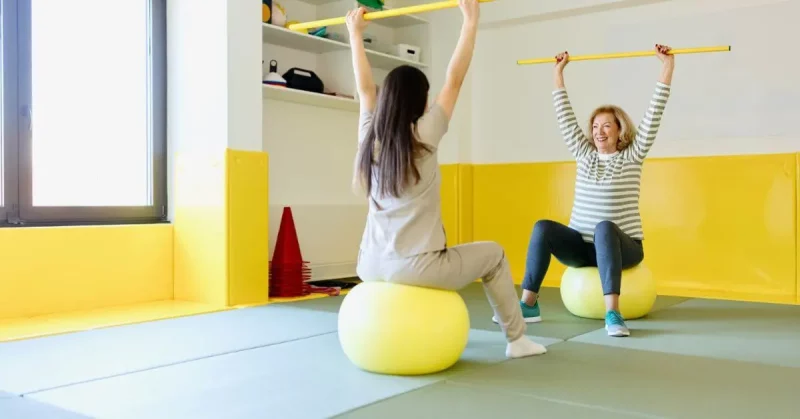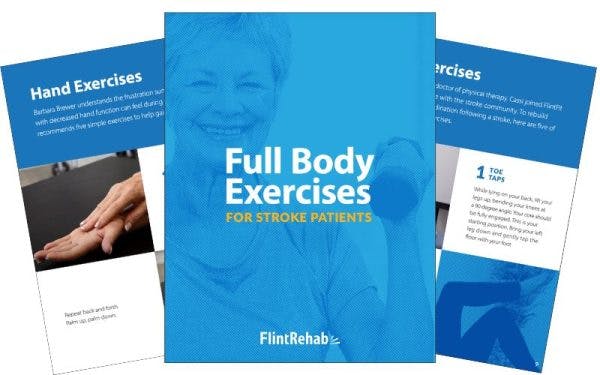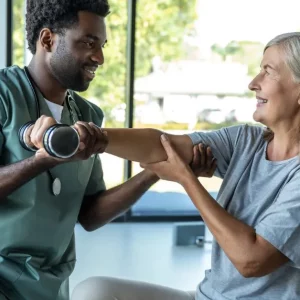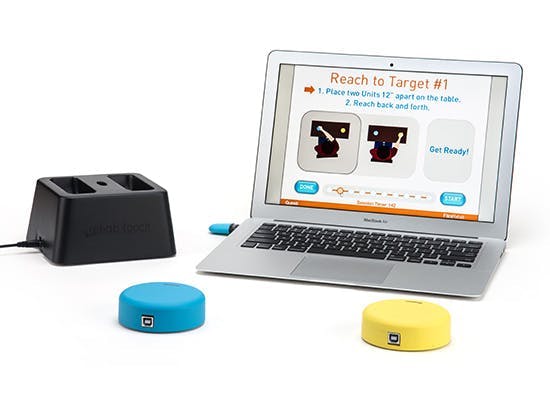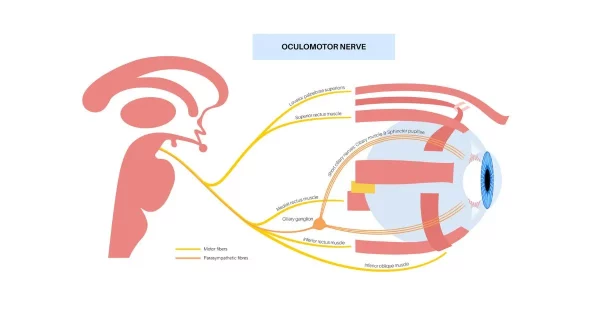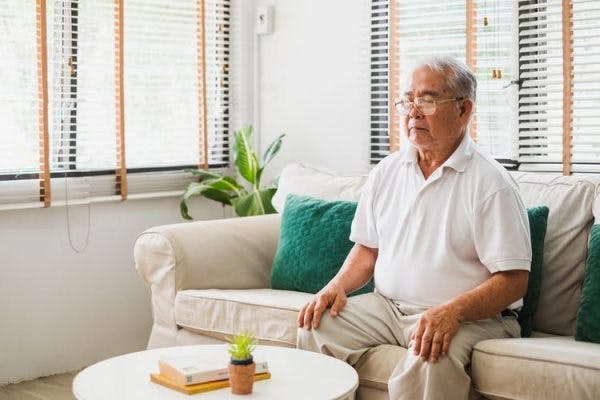Recovering from a stroke can be a challenging journey, especially when it comes to regaining coordination. Stroke survivors often experience difficulty with movement, balance, and fine motor skills due to neurological damage. However, with the right approach, coordination exercises after stroke can help improve recovery and restore functional abilities needed to perform everyday activities.
This guide will walk you through several essential coordination exercises designed for stroke patients, helping to enhance your mobility, balance, and overall quality of life.
Understanding Coordination After a Stroke
A stroke can affect the brain’s ability to control movement, often leading to muscle weakness, loss of balance, and impaired hand-eye coordination. Depending on the severity and location of the stroke, individuals may experience challenges such as:
- Difficulty grasping objects after stroke
- Unsteady walking
- Poor hand-eye coordination
- Limited control over fine motor skills
The goal of coordination exercises is to retrain the brain and body to work together effectively. This process, known as neuroplasticity, allows the brain to form new neural connections and improve motor function over time.
The exercises below serve as an introduction, providing a well-rounded look at just a few of the many coordination exercises that can promote recovery. However, depending on your specific condition, some of the exercises listed here may target areas of the body that were not affected, or may be too difficult or too easy.
Focus on exercises that target areas of the body affected by your stroke that are challenging, but still doable. A physical or occupational therapist can provide personalized guidance on which types of coordination exercises may be most beneficial for you.
Let’s take a look at some of the best coordination exercises for stroke recovery.
Upper Body Coordination Exercises for Stroke
1. Seated Shoulder Taps
Seated shoulder taps help improve arm control and stability by engaging the upper body and retraining muscle coordination. This exercise is simple yet effective in enhancing proprioception and movement awareness.
How to Do It:
- Sit in a sturdy chair with feet flat on the ground.
- Raise your right hand and tap your left shoulder.
- Lower your hand and repeat with the left hand to the right shoulder.
- Perform 10 repetitions per side.
- Use a mirror for visual feedback as needed
2. Tabletop Finger Taps
This exercise improves dexterity and finger coordination, which are essential for tasks such as writing, buttoning a shirt, or using utensils. Practicing controlled finger movements strengthens fine motor skills.
How to Do It:
- Sit at a table with your hands resting on the surface.
- Lift one finger at a time and tap it on the table.
- Move sequentially from the thumb to the pinky and back.
- Repeat for 2-3 minutes.
3. Arm Circles
Arm circles help improve shoulder mobility and coordination, allowing for better control of upper limb movements. This exercise also engages stabilizing muscles in the arms and shoulders.
How to Do It:
- Sit or stand with arms extended out to the sides.
- Make small circles with your arms.
- Gradually increase the circle size.
- Perform for 30 seconds in each direction.
For more upper body exercises that help with stroke recovery, check out our video Arm Exercises for Stroke Patients on YouTube!
Lower Body Coordination Exercises for Stroke
4. Seated Marching
Seated marching strengthens leg coordination and balance, making walking and standing easier. It also promotes better lower-body mobility.
How to Do It:
- Sit in a chair with feet flat on the floor.
- Lift one knee toward the chest and lower it.
- Alternate legs in a marching motion.
- Perform for 1-2 minutes.
5. Heel-to-Toe Walking
Heel-to-toe walking is excellent for improving balance after stroke as well as gait control. It strengthens the stabilizing muscles in the legs and improves walking confidence.
How to Do It:
- Stand upright and place one foot directly in front of the other, heel touching the toe.
- Take slow, controlled steps forward.
- Use a wall or support for balance if needed.
- Walk 10-15 steps in a straight line.
6. Ankle Circles
Ankle circles enhance flexibility and coordination in the ankles, which is crucial for maintaining balance and stability while walking.
How to Do It:
- Sit in a chair and lift one foot off the ground.
- Rotate the ankle in a circular motion.
- Perform 10 circles in each direction before switching feet.
For more lower body exercises that help with stroke recovery, check out our video Leg Exercises for Stroke Patients on YouTube!
Hand and Finger Coordination Exercises for Stroke
7. Finger-to-Nose Touch
Finger-to-nose touch is a classic coordination exercise that improves hand-eye coordination and motor control.
How to Do It:
- Extend one arm out to the side.
- Slowly bring the index finger to touch the nose.
- Extend the arm back out and repeat.
- Perform 10 repetitions per hand.
- Again, a mirror can be used to provide visual feedback if this is too challenging initially
8. Coin Pickups
Coin pickups strengthen fine motor skills and grip strength, which are essential for everyday tasks like handling small objects.
How to Do It:
- Place a few coins on a table.
- Use the affected hand to pick up each coin and place it in a cup.
- Repeat for 2-3 minutes.
- For a challenge, pick up 2-3 coins at a time, transferring each one into your hand while using just your index finger and thumb to pick up new coins.
9. Wrist Flexion and Extension
This exercise helps improve wrist control and dexterity, aiding in activities that require precise wrist movements.
How to Do It:
- Hold a small weight or resistance band.
- Slowly bend the wrist upward, then lower it back down.
- Perform 10-15 repetitions per hand.
For more hand exercises that help with stroke recovery, check out our video Arm Exercises for Stroke Patients on YouTube!
Balance and Stability Exercises for Stroke
10. Standing Weight Shifts
Standing weight shifts enhance weight distribution awareness and balance control, making standing and walking more stable.
How to Do It:
- Stand with feet hip-width apart.
- Shift weight slowly to one side, lifting the opposite foot slightly.
- Hold for a few seconds, then shift to the other side.
- Repeat 10 times per side.
11. One-Leg Stand
One-leg stands help strengthen stabilizing muscles and improve balance. This can be critical in helping reduce the risk of falls for post stroke survivors.
How to Do It:
- Stand next to a sturdy surface for support.
- Lift one foot off the ground and hold for 5-10 seconds.
- Switch legs and repeat.
- Perform 5-10 repetitions per leg.
12. Side-to-Side Stepping
Side-to-side stepping builds lateral balance and coordination, making side movements more controlled and stable.
How to Do It:
- Stand with feet hip-width apart.
- Step one foot to the side, then bring the other foot to meet it.
- Continue stepping side to side for 1-2 minutes.
Visual and Cognitive Coordination Exercises for Stroke
13. Ball Tracking
Ball tracking improves visual tracking and hand-eye coordination, which are crucial for handling objects and navigating environments.
How to Do It:
- Hold a small ball in one hand and toss it gently to the other.
- Focus on watching the ball as it moves.
- Continue for 1-2 minutes.
14. Letter or Number Tracing
Letter and number tracing helps combine cognitive and motor functions, improving fine motor skills and brain engagement.
How to Do It:
- Use a pen or finger to trace letters or numbers on a surface.
- Try writing in the air to challenge coordination.
- Perform for a few minutes daily.
Creating a Routine for Long-Term Progress
Consistency is key to neuroplasticity and improving coordination after a stroke. Here are a few tips to help you get in a routine and maintain progress:
- Perform exercises daily or several times a week.
- Gradually increase the difficulty level.
- Combine exercises to work on different muscle groups.
- Track improvements to stay motivated.
- Seek guidance from a physical or occupational therapist if needed.
Final Thoughts
Recovering coordination after a stroke requires patience and persistence. By incorporating these exercises into a daily routine, stroke survivors can regain mobility, balance, and fine motor skills.
Remember, always focus on slow, controlled movements and celebrate progress along the way. With dedication and the right approach, it is possible to enhance coordination and improve your overall quality of life as you continue to recover!
